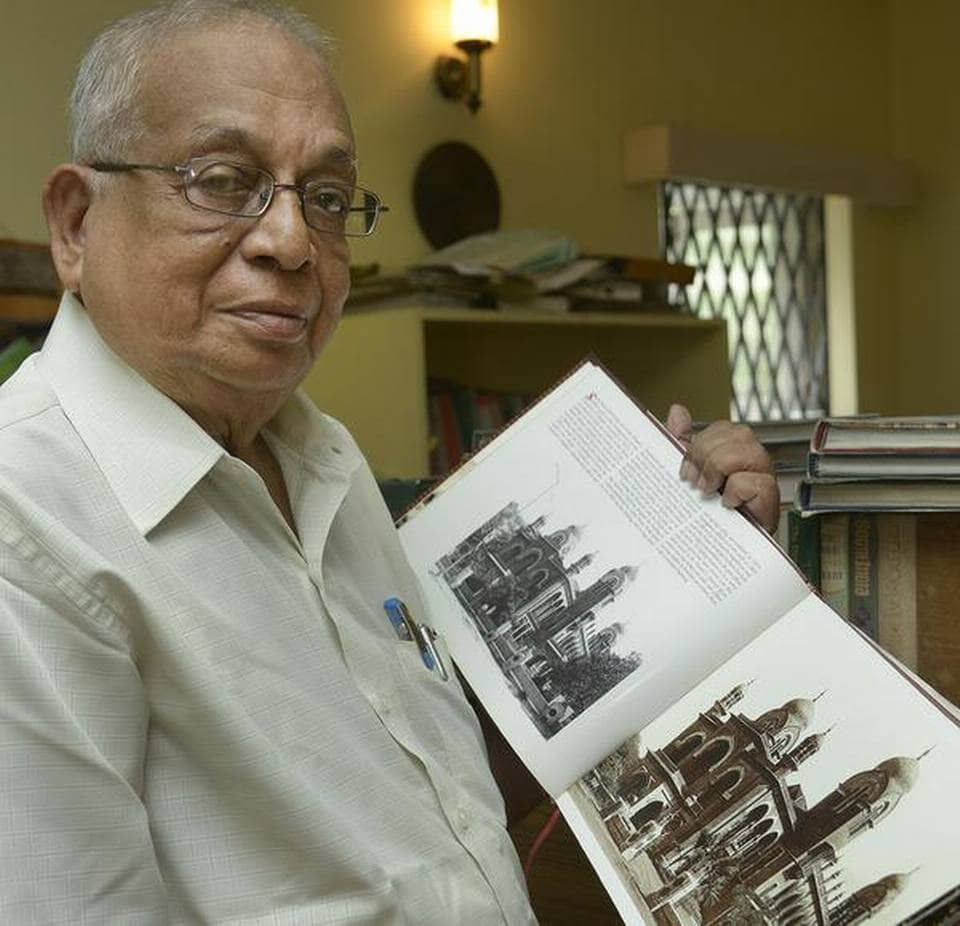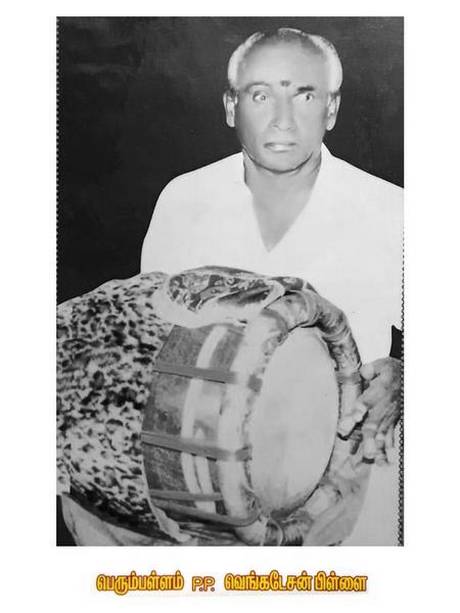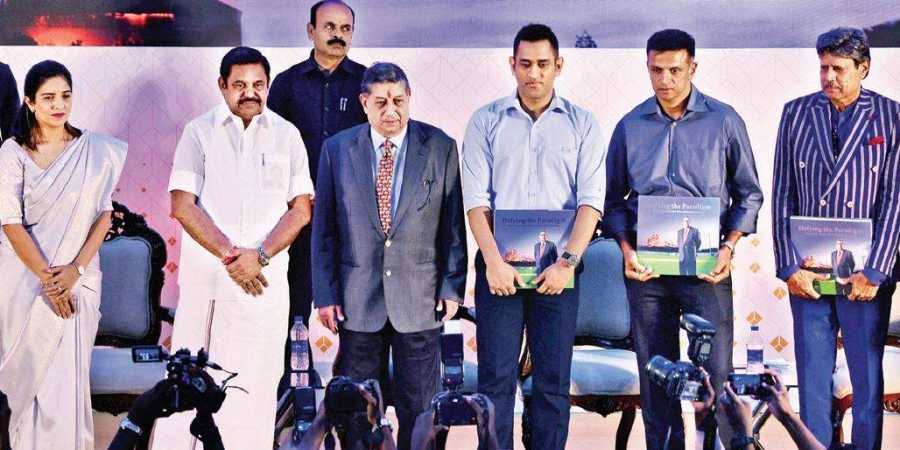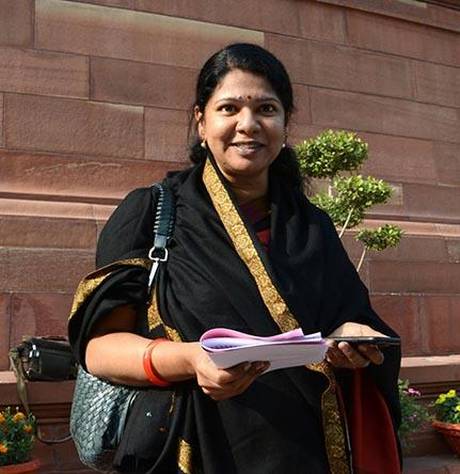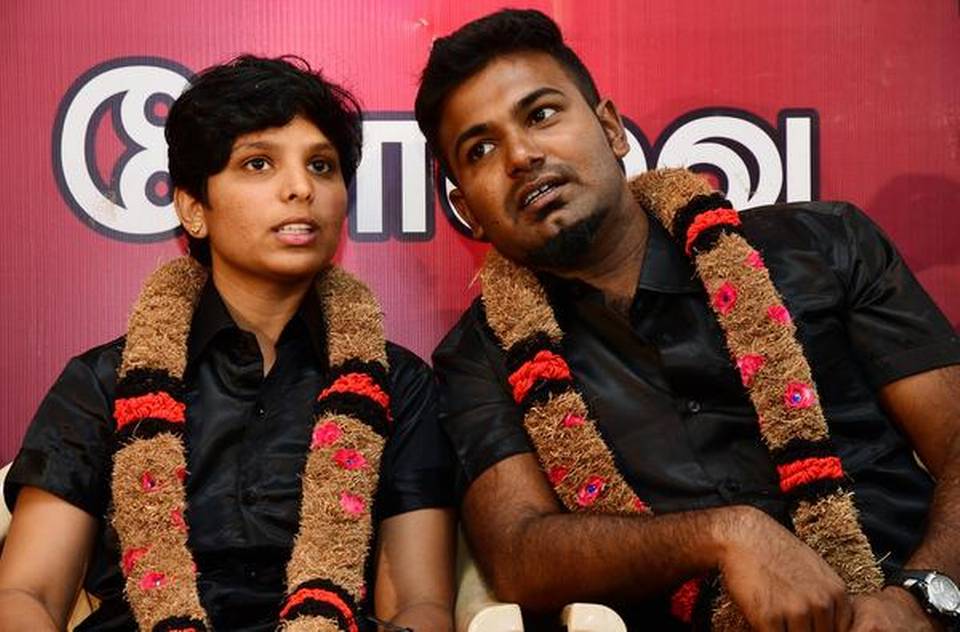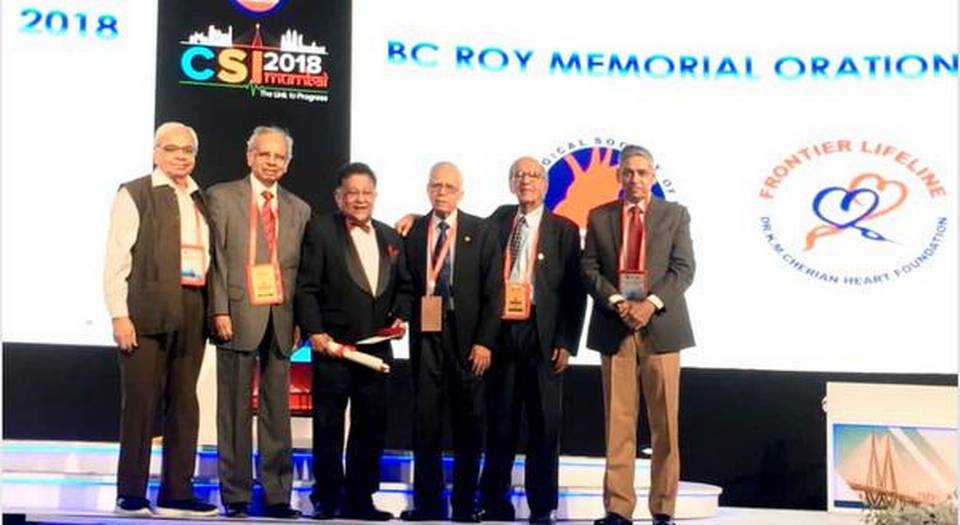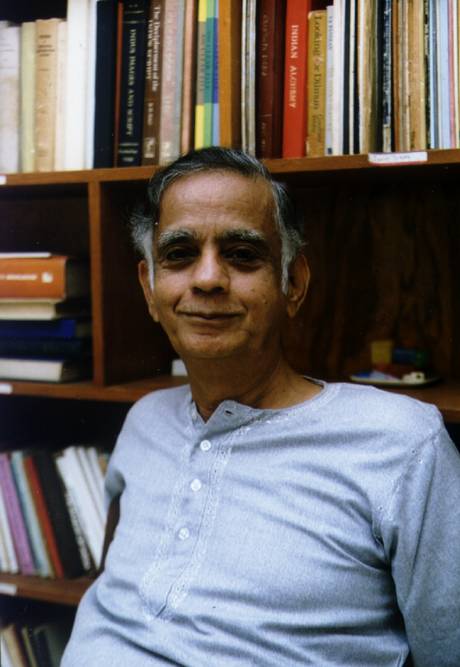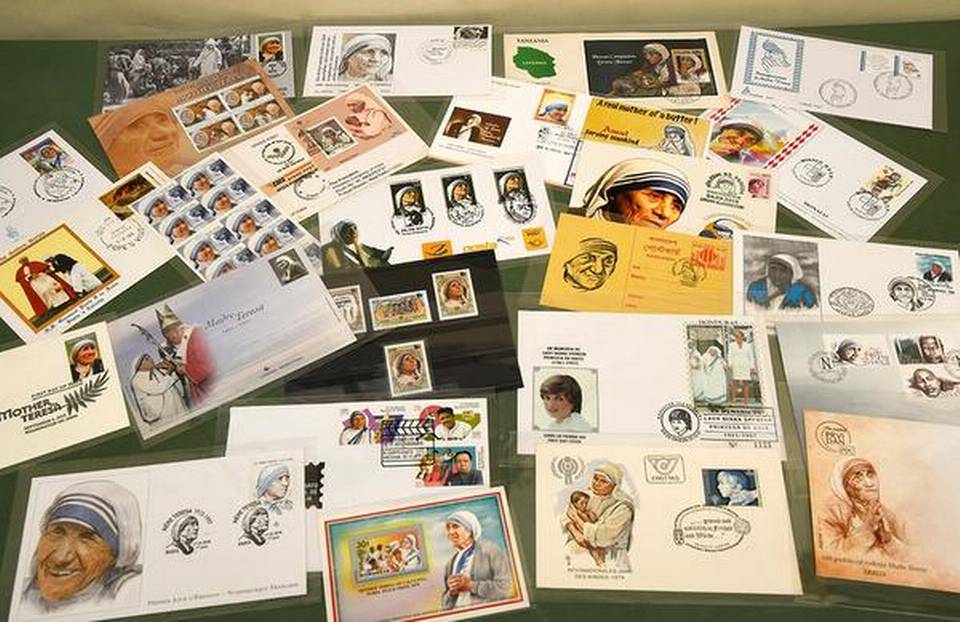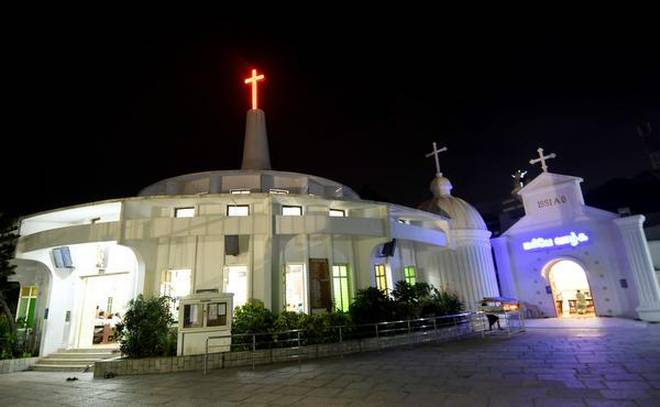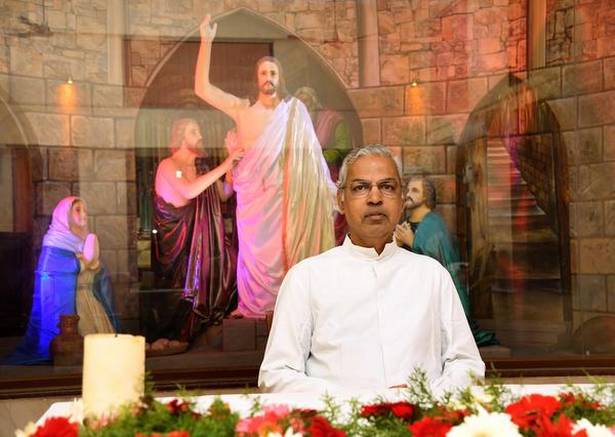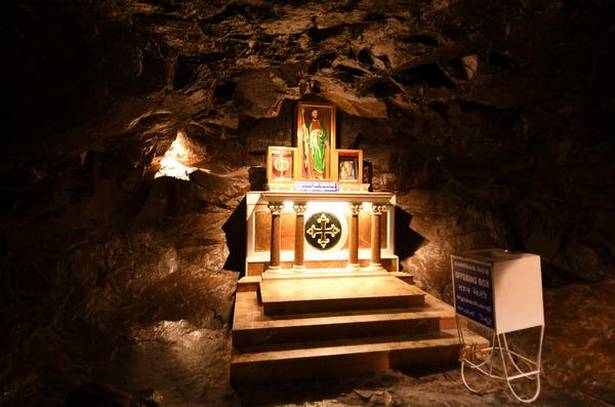A city called home: S Muthiah’s Madras Rediscovered, recently launched in its eighth edition, is a leisurely read of Chennai, its people, places and history
City chronicler S Muthiah ferrets out a copy of Madras Discovered, first published in 1981. The book’s dust jacket has turned sepia — some of the stories in it are old, laced with nostalgia and fraying at the edges, while others have passed into the realm of memory. And yet, the tome, once priced at Rs.10 for 172 small pages that has now grown to 600 larger pages with a new title, continues to be considered a seminal work on this gracious southern city.
Raised and educated abroad, Muthiah chose Madras as his home in the late 1960s. One of his first assignments at his new job at TTK Maps was to write the text to accompany a street guide to the city. “The book was published by East West Books and most of the material was discovered in the course of a search that was part of a bigger project. Some of it, such as the ‘Tales of Old and New Madras’, were published in Aside magazine,” says Muthiah. “What fascinated me as I continued to read about the city was that, in a sense, Madras was the first city of Empire. It was here that Robert Clive, Warren Hastings, Wellington and Elihu Yale started their careers; here that the foundations for the school of Engineering and Survey was laid.”
Although the current edition travels back eons to dwell briefly on the city’s Megalithic and early Tamil history, its forte lies in showcasing the years when it was Britain’s colonial outpost.
As Britain moved from commerce to conquest, its scarlet stains spreading across the world map, marking the extent of its Empire, the book closely follows the story, holding its own amidst the glut of literature that has been written on the political, commercial, social and cultural equations that Britain and India have shared.
“The early editions were references to the initial years of the British in India, but in the eighth edition, we travelled back and looked at the city before the European period. This was a nod to the fact that parts of the city, in some way, existed before the establishment of Fort St George,” he says.
With the keen eye of an observer and without descending into the tidal shifts of coloniser and the colonised, Muthiah captures vignettes of Madras in his inimitable old-fashioned, witty prose.“There are two levels to the book — the history of buildings in Madras, and the stories connected with them,” he adds, flipping through the book that alternates between places and anecdotes. “If you are interested in the city, you’d read the first part but if you love the stories of the people who made the city then ‘Once Upon a City’ is for you.”
So, the reader is handheld through the building of the Fort overlooking the Bay’s sludgy waters topped with white foamy chevrons, while also reading on the scandalous romance of Hastings and Marian (a German baroness) that began here and culminated in marriage in Calcutta. The action then moves to the club and press institutions of Mount Road, the founding of The Hindu as a major opposition paper in imperial times and its contribution to the Indian Independence movement, the sport this city plays, its seat of Theosophy, mercantile giants such as Binny and Parry, its Indo-Saracenic architecture, its educational and cultural institutions and its changing face.
“Whatever has been filed on the city — whether it be by historians such as Sriram V or Chithra Madhavan or by others — is vetted and added to subsequent editions. It is a continuous process and work for the next edition has already begun,” says 88-year-old Muthiah.
The book, interspersed with rare black-and-white photographs and colour maps, ends with a chronological history of Madras and an extensive bibliography. It is a remarkable effort to understand the weft of a modern metropolis as much as it is a love song to a city we know so well.
(Madras Rediscovered, published by Westland is priced at ₹799)
source: http://www.thehindu.com / The Hindu / Home> News> Cities> Chennai / by Deepa Alexander / January 10th, 2019
